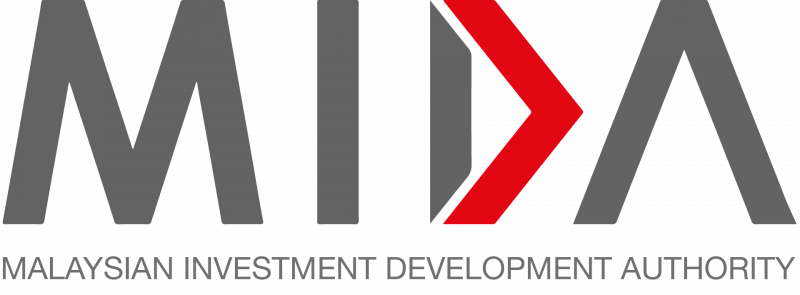Fiamma Holdings Bhd has partnered with Zhuhai Samyou Environmental Technology Co Ltd (Samyou) to establish an air conditioning (AC) production facility in Malaysia, marking Samyou’s first plant outside China.
Samyou’s collaboration with Fiamma, a member of Chin Hin Group Bhd, reflects the growing confidence of Chinese companies in Malaysia’s business-friendly environment and pragmatic economic policies.
Fiamma chief executive officer Jimmy Tan said the collaboration aligns with its forward-looking strategy.
“We are expanding our extensive portfolio to include Samyou’s ‘Vino’ brand, which offers smart, eco-friendly, and energy-efficient AC solutions to meet the strong domestic demand.
“In 2023, the Malaysian AC market was valued at US$758.25 million (RM3.3 billion) and is projected to grow by 6.73 per cent annually until 2029,” he said in a statement.
Tan said Fiamma has over four decades of experience in consumer electronics and a distribution network of more than 2,000 touchpoints.
As such, the company is well-positioned to leverage this collaboration to win market share and drive sustainable growth.
Samyou founder and chairman Xiao Youyuan said leveraging Malaysia’s strategic location, skilled workforce, and supportive government policies, the company is committed to developing current and next generation AC products in Malaysia.
“Our partnership with Fiamma, with its strong local presence and extensive experience, is crucial to Samyou’s global success.
“We are dedicating our resources to launch our AC facility by mid-2025, positioning us to reach our international sales target of US$100 million (RM434.2 million) within the next three years,” he noted.
Previously, with strategic investment from Xiaomi, Samyou has distinguished itself as one of the key players in China’s heating, ventilation, and air conditioning (HVAC) industry.
Founded in 2014 and based in Guangdong, Samyou is a technology-driven manufacturer and supplier specialising in HVAC systems.
With strong research and development (R&D) teams and over 110 patents, Samyou is at the forefront of innovation in the industry.
The company’s products are sold in more than 20 countries and regions, underscoring its strong global footprint and success in international markets.
Source: NST
Zhuhai Samyou to open first overseas plant in Malaysia with local firm Fiamma
Content Type:
Duration:


